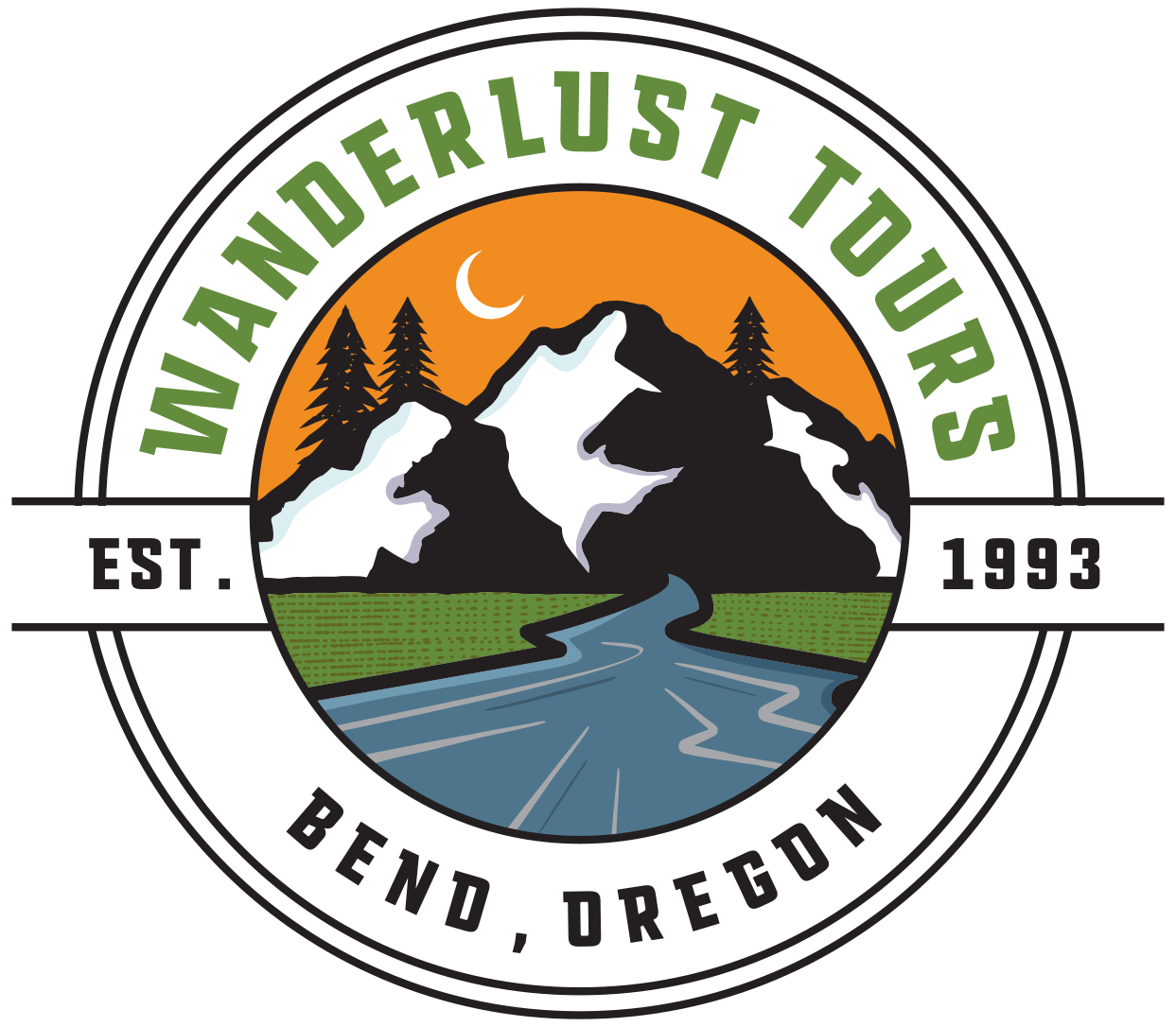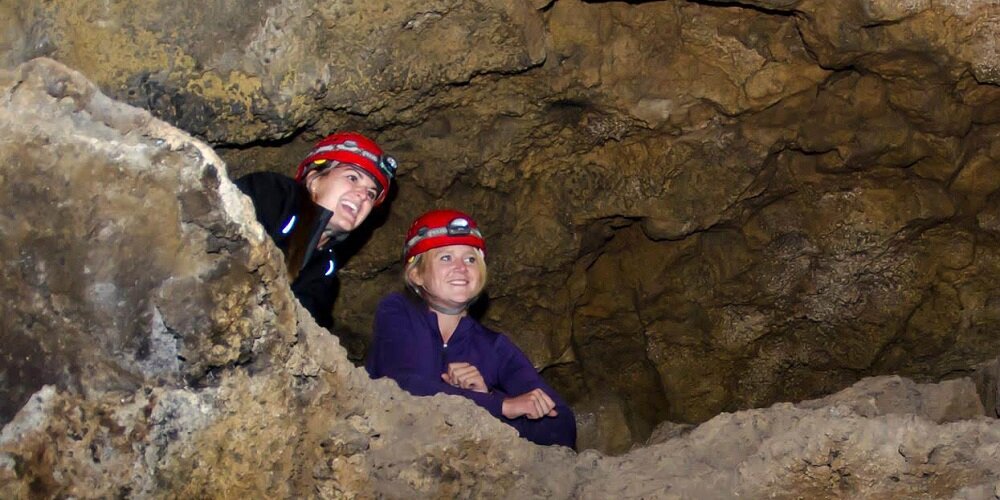LEARN ABOUT wolves & SHARE YOUR KNOWLEDGE BELOW FOR THE CHANCE TO SCORE A HALF-DAY TOUR!
Wolves are one of the most important and misunderstood creatures that we find in Oregon. If you were to travel back in time 200 years ago, you would find that wolves populated almost all of the land in present day America. They had been living in harmony with the land as well as the indigenous peoples for centuries. Population estimates put the number of wolves between 250,000 and 500,000 wolves across the country. What a stark difference that is compared to today.
Humans are directly responsible for the decline of our wolf population today, which currently sits at about 5,000 wolves in the lower 48 states, 158 of which are in Oregon. It was a behavior of fear and misunderstanding that lead to an almost country wide extermination of this keystone species. I believe this sentiment can be summed up by Theodore Roosevelt who, in his book The Wilderness Hunter, famously referred to wolves as “the beasts of waste and desolation.”
photo courtesy of ODFW
In 1843 the first wolf bounty was established in Oregon. That year the first legislative session was called in part to address the "problem of marauding wolves." By 1913, people could collect $25 in bounties on a wolf which is equal to about $634 today. The last recorded wolf bounty was paid out in 1947, and for over 50 years, nobody would see a wolf in Oregon.
In order to protect the few hundred remaining wolves, they were listed as endangered by the federal Endangered Species Act (ESA) in 1974. When the Oregon Legislature enacted the state’s own ESA in 1987, it grandfathered in all species native to Oregon that were then listed under the federal ESA, including wolves. The wolves currently in Oregon migrated naturally from Idaho starting in the late 1990’s and early 2000’s or were born here.
In the past 3 decades, we have come to understand that wolves play a vital role in maintaining a healthy ecosystem. As humans, we tend to view these creatures through the lens of a human, but I would encourage you to change your perspective to that of the forest so that you can truly understand the importance of these creatures. After closely monitoring and studying the reintroduction of Wolves into Yellowstone National Park in 1995 we have discovered much. It is incredible to see how one animal can shape such drastic change just simply by its presence or lack thereof.
photo courtesy of ODFW
Without wolves, the coyotes became one of the parks top predators, but due to their size they are unable to hunt large animals. While large ungulates like elk may be fun for you and me to look at, when their populations grow unchecked it sets off a chain reaction that can devastate an ecosystem. When these animals no longer fear predation, they tend to gather near streams and in doing so they overbrowse the aspens, willows, cottonwoods, and other shrubs that help to prevent erosion by growing along these stream banks.
Due to this overbrowsing, these trees rarely reached their full heights. As the younger trees sprouted they were eaten. Since these trees couldn’t regenerate as effectively under these conditions, the habitat dynamics of the ecosystem began to change. The water temperatures began to warm due to the increased amount of sunlight shining on the water all day, the water quality went down due to the sediment crumbling into the rivers and streams, and overall there was a drastic decrease in biodiversity along the waterways. Without these younger trees, fewer birds were found due to the loss of nesting space, while beavers were forced to leave in order to find other food sources.
Upon reintroduction, these wolves began to impose their will on the ecosystem. The threat of wolves, once again forced the Elk population to remain on the move, wary of being hunted. This forced them to stay at higher elevations and in more densely populated forests since they would be vulnerable by the rivers with little cover. Due to this behavioral change, the riparian areas have been able to recover significantly.
photo courtesy of ODFW
When their food source returned, so did the beavers. They began constructing dams and lodges, which created wetland habitat for all sorts of wildlife to come back. Wildflowers once again became prevalent along the banks of the waterways where they were previously trampled. This allowed for the insect populations to thrive, which was a food source for the birds that could return since they had a place to nest again. As the vegetation grew, the water quality increased, and the fish populations began to thrive.
These wolves play a vital role in keeping the balance of predator and prey in check. The ungulate populations, although they’re smaller, remain healthier because of it. When forced to travel in small groups, illness is unable to infect as many animals, and of those that get sick, they are usually the first to be brought down by a predator. Once they’ve eaten their fill, the leftovers from their kills provide food for scavengers, including bald and golden eagles, magpies, coyotes, ravens, and bears. Whether or not the carcasses are well-utilized by predators and scavengers, they deposit a significant amount of nutrients into soils that last 2-4 growing seasons postmortem.
photo courtesy of ODFW
While we know much concerning the benefits of wolves, there are still several misconceptions about wolves that I would like to address. Wolves are often credited as hunters of cattle. While it is true that wolves do occasionally bring down cattle, it is not as prevalent as many believe. In 2019 50 requests were received from livestock producers for investigation of dead or injured livestock suspected to be wolf depredation. This was a 30% decrease from 2018 (71 requests), and investigations resulted in 16 (32%) confirmed wolf killings, 1 (2%) probable killing, 12 (24%) possible/unknown, and 21 (42%) other (not wolf-related killing). In 2014, the Oregon Department of Agriculture Statistics estimated Oregon had 1,280,000 head of beef cattle. That means last year even if all 50 reports of depredation were in fact wolf related that is .004% of our cattle population in Oregon.
You may also hear that wolves are incredibly dangerous to humans, but like most wild animals they want little or nothing to do with us humans. There has not been a single wolf attack in Oregon or the surrounding states since wolves were reintroduced into Idaho and Yellowstone national park.
Below is a link to Thinking Like a Mountain, a short essay by Aldo Leopold. I feel there is no better writing to stimulate thought on the relationship of a wolf to a human. It is my hope that we too can learn to think like the mountain and see the wilderness free of human bias.
Wanderlust Trivia
Test your knowledge below for the chance to score a half-day tour!
Winner will be announced in our January Newsletter
Photo by Chaney Swiney


























